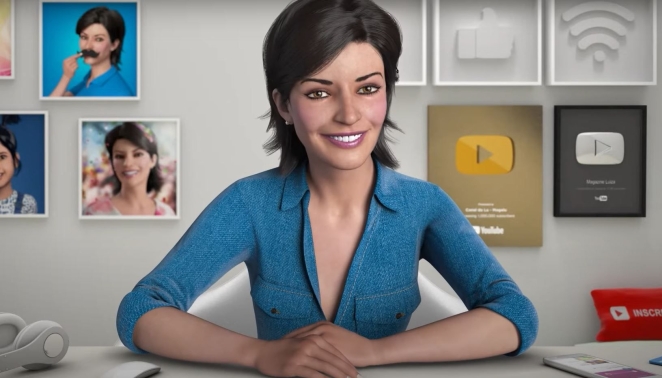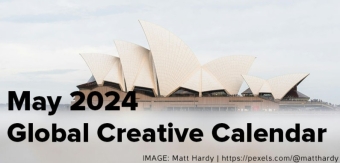If you thought the bog-standard former Love Island contestants and overly enthusiastic gamers that make up so much of the influencer space were bad, you ain’t seen nothing yet. This year, with AI entrenched in our culture in a way that would have seemed inconceivable in a pre-pandemic world, there’s a tide on the horizon; one that threatens to wash away all those fresh-faced influencers and replace them with even fresher-faced digital clones.
If you’ve never experienced a virtual influencer before, you might want to reconsider reading any further.
Virtual Insanity
If industry leaders are to be believed, this year, the top virtual influencers could charge up to nine times the UK worker’s monthly salary for each single Instagram post. Let that sink in for a moment; a digital persona’s photo of something that never even happened is worth almost as much as your annual salary.
You might be forgiven, of course, for assuming this was little more than a fringe concern, but major brands like BMW have already embraced the concept of the virtual influencer and one of these glorified avatars (the bafflingly named “Noonoouri”) was recently signed up for a major record deal with Warner Music.
Virtual influencers are literally little more than digital personas created through AI. Like traditional influencers, these virtual figures have gained popularity on platforms like Instagram, leading to significant earnings for their creators. The most popular of these AI personalities, “Lu do Magalu”, earns £26,200 for a single Instagram post; around the same as the price of a new 2023 Peugeot 2008.

Lu do Magalu
This ‘model’, created as part of a promotion for iBlogTV in 2009, has been featured on the cover of Vogue Brazil and has posted to Instagram 80 times in the past 30 days. This means her creators could have made up to £2.09 million in a single month.
Miquela Sousa ranks second among AI influencers with the highest earning potential on Instagram, with it being estimated that she could earn up to £16,400 per sponsored Instagram post. This amount would take the median-paid UK worker around half a year to earn.
Her creators, Trevor McFedries and Sara DeCou, don’t have to rely on sponsored posts to 'make a living' because their creation has been a steady workhorse for their company Brud, with collaborations with a range of brands, such as BMW and Samsung, plus an ad for Calvin Klein which sees the digital influencer share a kiss with Bella Hadid.
Frightened yet? You should be, because these digital avatars with their carefully curated personalities, their ability to be omnipresent, immune to aging, and fully controllable by brands, is reshaping how we perceive influence and identity in the digital age. The existential horror of virtual influencers stems from their blurring of lines between reality and fiction, raising genuine questions about personal identity, authenticity, and the future of human interaction.
Are Virtual Influencers a Legitimate Threat?
Virtual influencers offer brands unparalleled flexibility, brand safety, and innovation. They can be in multiple places at once, adhere strictly to brand values, and never make mistakes or face scandals.
However, this comes with the risk of authenticity and trust issues alongside some even stickier ethical implications, which are pretty complex and challenge the very nature of what constitutes a “being” in the digital space. Their lack of autonomy, being strictly controlled by their creators, raises questions about accountability and moral responsibility.
This becomes even more complex as these influencers start supporting social movements, blurring the line between genuine advocacy and strategic marketing. There’s also the very real threat of these unreal influencers cultivating parasocial relationships with their targets, where audiences develop a sense of friendship with these virtual entities, adding another layer of complexity.

Miquela Sousa
On a more practical level, since virtual influencers do not physically test products, their endorsements may also ring hollow for many, meaning brands risk losing the trust of their customers.
As the distinction between real and virtual influencers becomes increasingly nebulous, however, we might have to simply embrace the idea that the content itself matters more than the platform. Hirokuni Miyaji, the creator of virtual influencer Liam Nikuro, suggests as much, as believes that this shift could redefine our understanding of influence, identity, and even reality itself.
Whether you find that fascinating or terrifying, it’s certainly worth considering, as virtual influencers are a lot cheaper than their flesh and blood counterparts. So, you can expect to see many more digital entities selling us soft drinks in the coming months. What an age we live in, eh?






